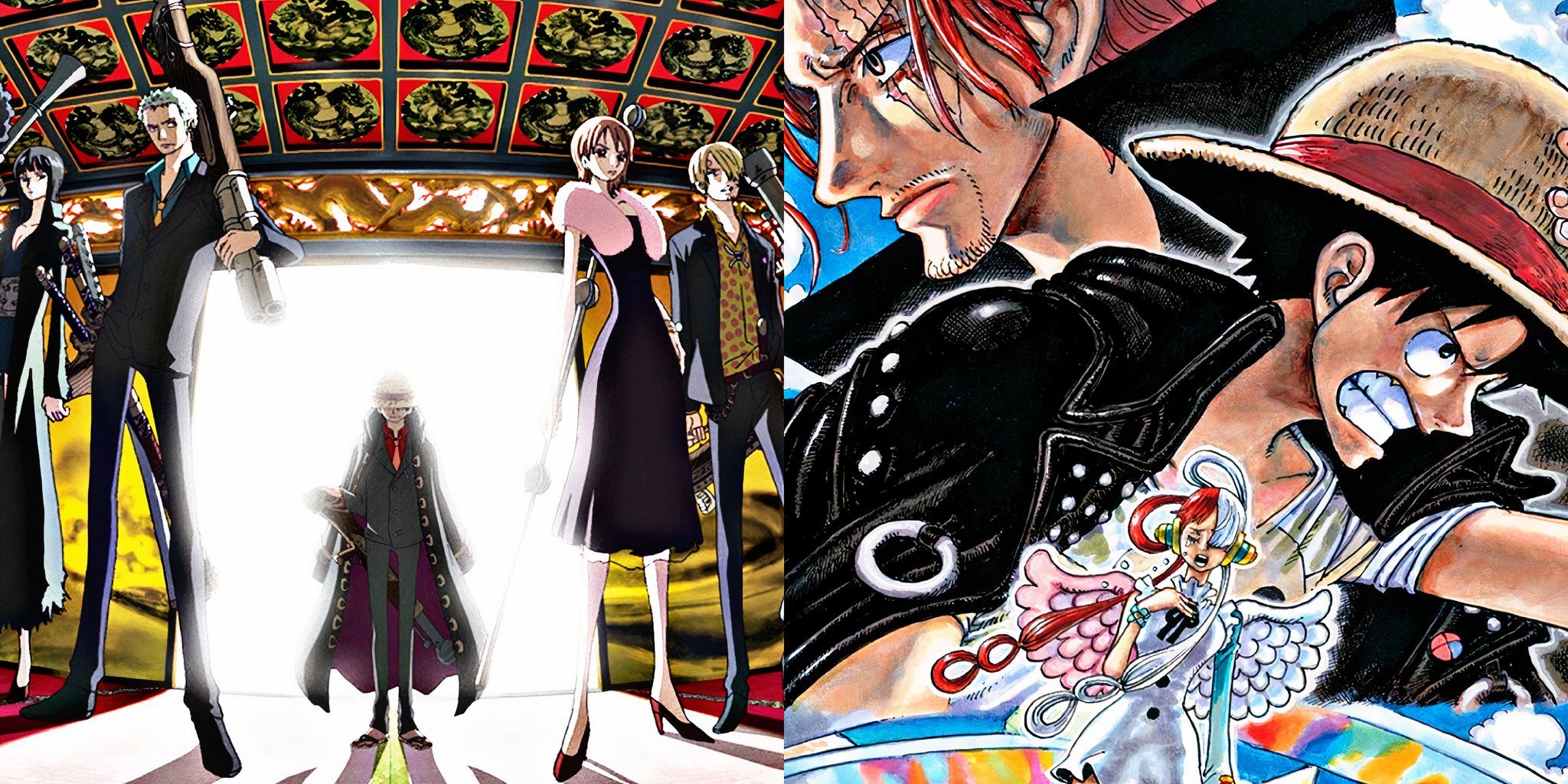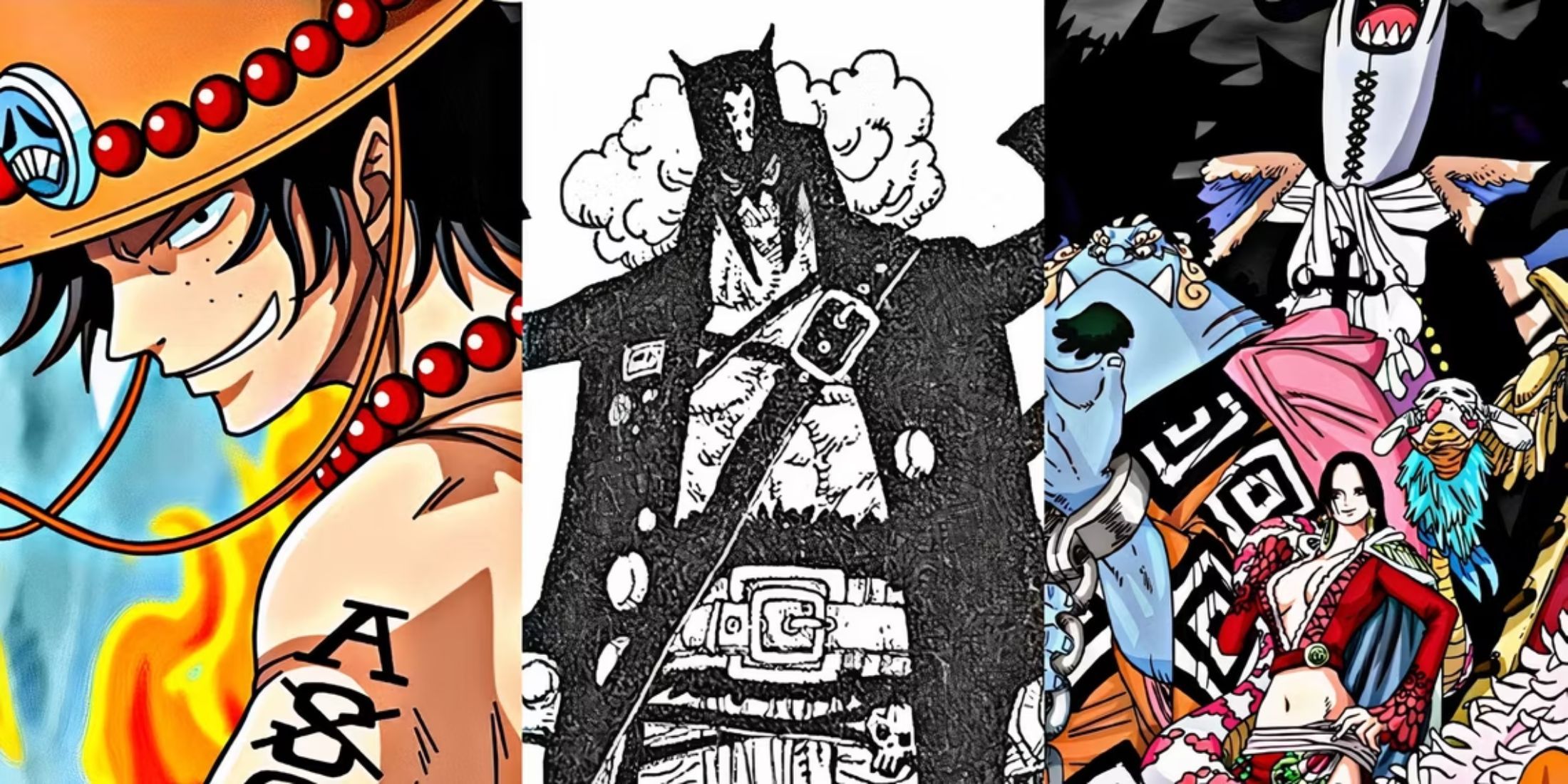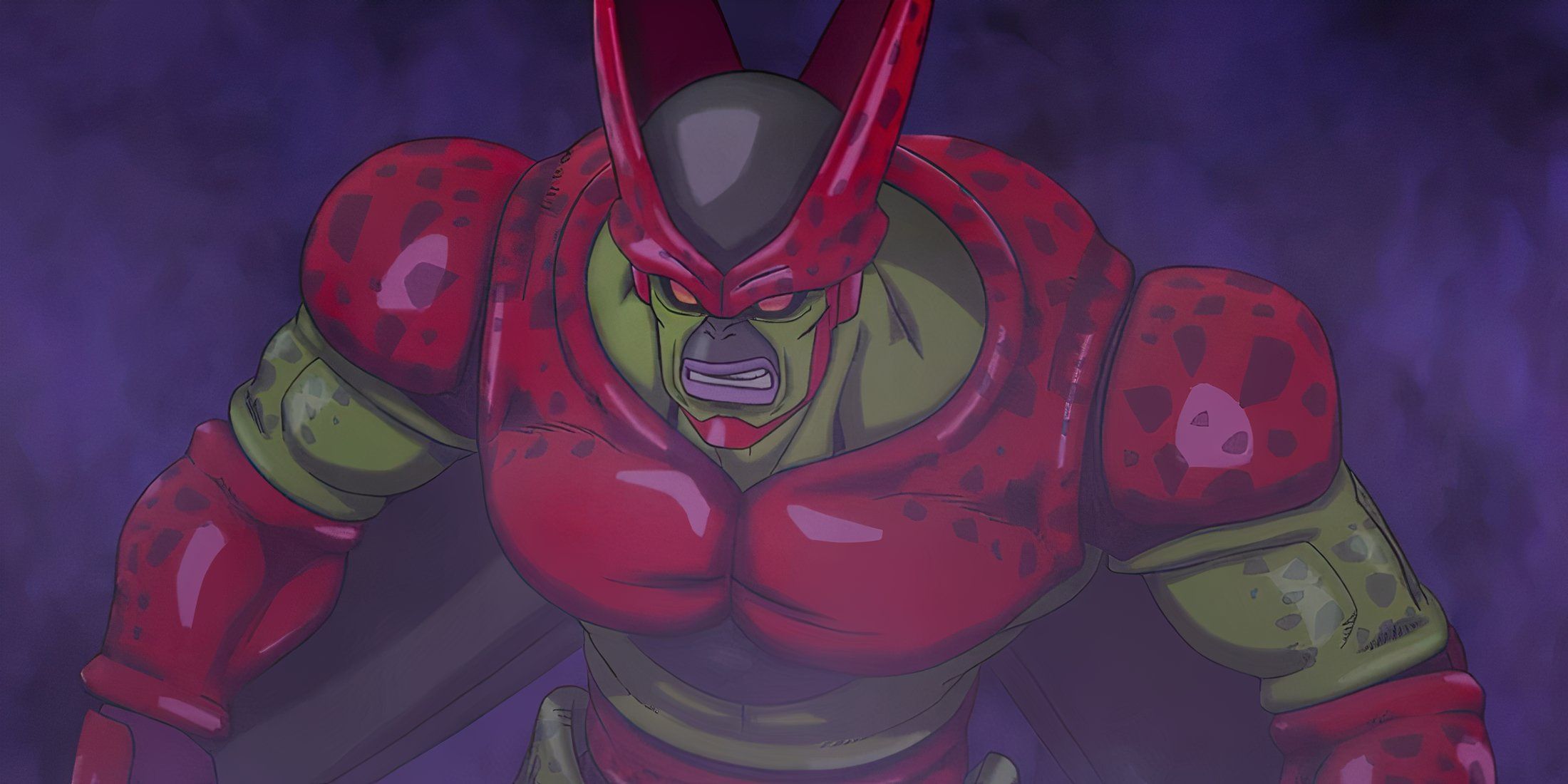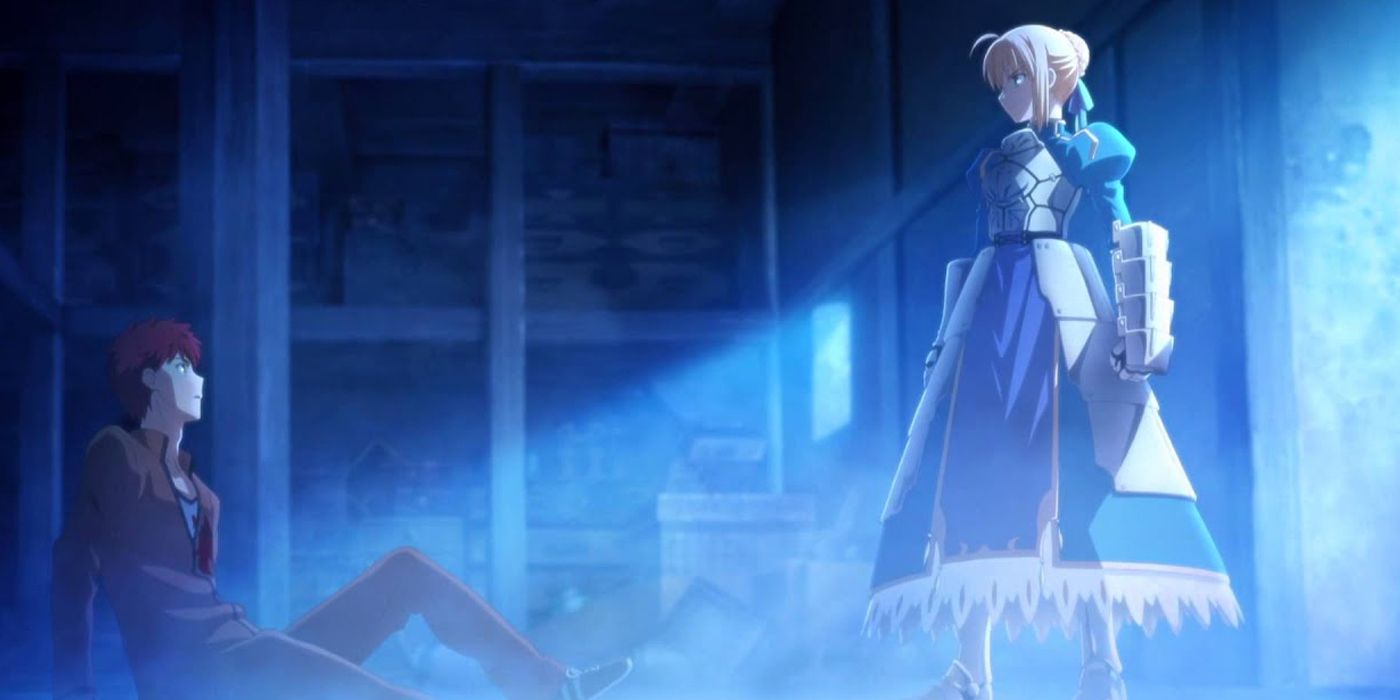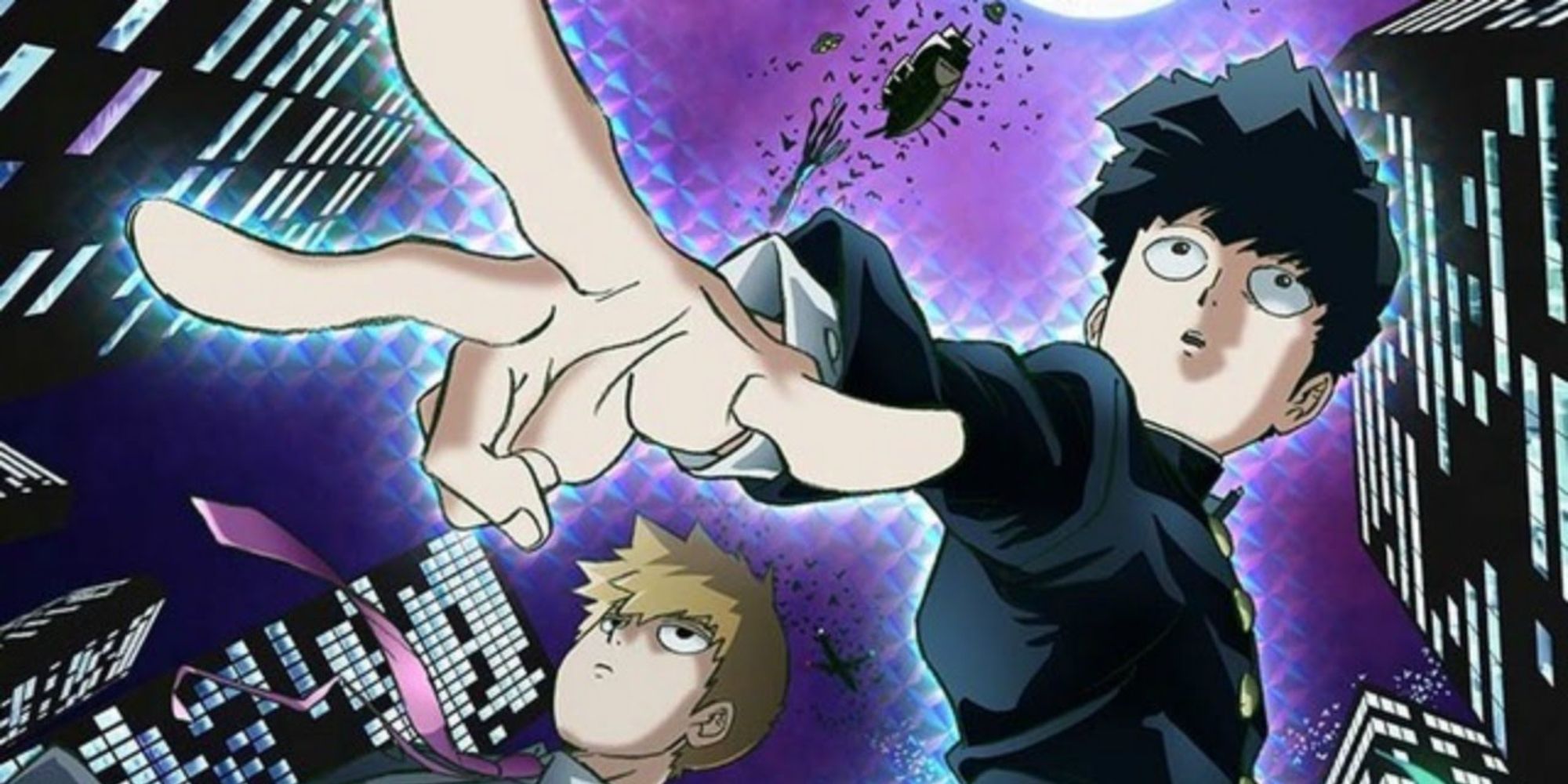Science Fiction, particularly within the realm of cyberpunk, is often captured not only in its neon-drenched sights but its captivating sounds as well. While there have been a few talented artists who have scored Ghost in the Shell, the most iconic theme of all is still Kenji Kawai's from the classic 1995 film.
Born in 1957, Kenji Kawai's career is a story of shifting life goals befitting any lovable music icon, as he almost became a nuclear engineer before dropping out and pursuing music. Then, after dropping out of the Shobi College of Music, his band, MUSE, won accolades, breaking into the industry, where the band later dissolved and Kawai began composing music.
His prominent early works are Ghost in the Shell and Patlabor, both directed by Mamoru Oshii, both fascinating images of the future of Japan. Famously, his sound for GITS is one of a haunting but beautiful choir, with a very traditional eastern sound that is to that film what synth is to Ridley Scott's Blade Runner.
Kawai's Inspirations
His work on Patlabor can be similarly tense, especially during Patlabor 2's dire political happenings, but it also carries a more hopeful attitude. Kawai's soundtrack feels like a precursor to the first Metal Gear Solid soundtrack, sharing a similar tone and familiar sound effects that were present in action films of the era.
In an interview with the French program toco toco, Kawai introduces viewers to his hometown of Shinagawa. Like other anime composers discussed in past features, Kawai's influences are rooted in communal musical spaces, notably religious ones. For Kawai, it was the sound of drums at Shinagawa Shrine, a sound that stuck with him.
It's a sound that would follow him to 2004's Ghost in the Shell 2: Innocence, where he recounts Shinagawa Shrines drums being a major reference. Innocence may be a more slept-on entry in the GITS franchise, but its main theme surely outshines the original film's nine times out of 10. It feels more impending, dramatic, and exciting
Beyond The Shell
Fate fans are likely so familiar with Yuki Kajiura or Hideyuki Fukasawa's music that they may have forgotten that Kawai scored the 2006 Fate/Stay Night adaptation. Within it, the sound feels very faithful to the simplistic but often poignant music of a visual novel. A heavy emphasis on piano accompanies the choir singing, all with a somewhat operatic flare.
Kawai's style can sound somewhat vintage, which is by no means a disparagement. On the contrary, it lends his music a nostalgic quality, even within newer works that clearly borrow from more modern trends. There is a blend of contemporary and classical sounds that seldom produces anything one would call typical.
For instance, 2011's Towa no Qwon and 2019's No Guns Life, both scored by Kawai, share a very 80s style of action film composing. There are plenty of romantic swells but an equal or greater share of heavy drum marches, signaling the approach of the hero with all the understated power an orchestra can provide.
On the complete opposite side of the spectrum, his soundtrack for Barakamon captures childish innocence. The story of an artist retreating to the countryside is a far cry from a cyberpunk future or a dystopian superhero tale, but Kawai feels right at home. Even better, the instrumentals carry a distinctly acoustic treatment, fitting with the setting and themes.
Kawai and Mob Psycho
Undoubtedly, one of the biggest new series that Kawai has lent their talents to is Mob Psycho 100, a show lauded for its animation, but not often appreciated for its score. Mob Psycho is a weird show that isn't afraid to bask in a visual style with character designs that are certainly iconic and memorable, but not conventionally pretty.
Mob Psycho and One Punch Man author ONE didn't start writing comics intending to raise the bar with regard to visual mediums in the way the anime adaptations have. One Punch Man altogether was a rather crudely drawn comic, but it was funny and told an entertaining story, which was the point.
With a story by ONE, what matters is that no matter the stakes and how serious the story gets, it shouldn't be afraid to look and sound strange in the pursuit of telling its story. The visual commitment to this on behalf of Madhouse with OPM or Bones with Mob Psycho is evident. In the latter's case, Kenji Kawai conveys this effortlessly in sound.
When Mob is going about his daily life attempting to be a regular student, the music has this almost 90s J-drama sound to it, relying on romantic strings and piano. Mob Psycho often tackles the fluctuating emotions of its titular protagonist, particularly stress. But it's because of the intense stress that the happier moments feel that much happier. Music so deliriously happy can be both humorous and effective.
However, when Mob is faced with dangers of the paranormal variety, things go from 0 to 100 very quickly. It can come across as very contemporary in its buildup, reminiscent of the techno heard in newer shonen like Jujutsu Kaisen. But sure enough, the dam suddenly breaks and the audience is bombarded with one of the more creative genre blends in recent memory.
The battle music in Mob Psycho blends rock guitar with electronic backing, but permeating all of it is something very traditional. Much of the series deals with psychics and interactions with spirits and ghosts, and thus the soundtrack feels very inspired by shrine music. Kawai often employs flute music to accompany the very electronic beats.
What results is something classic and nostalgic both for lovers of traditional eastern music. This thoughtful mix is a centerpiece of Kenji Kawai's style, notably in the use of choir and drum beats to create a methodical and sometimes hypnotizing rhythm. So many recognize his older work, that - like with Evangelion's Shirou Sagisu - it can be easy to forget that - thankfully - he's just as active now.
Sources: KenjiKawai.com, Anime News Network
